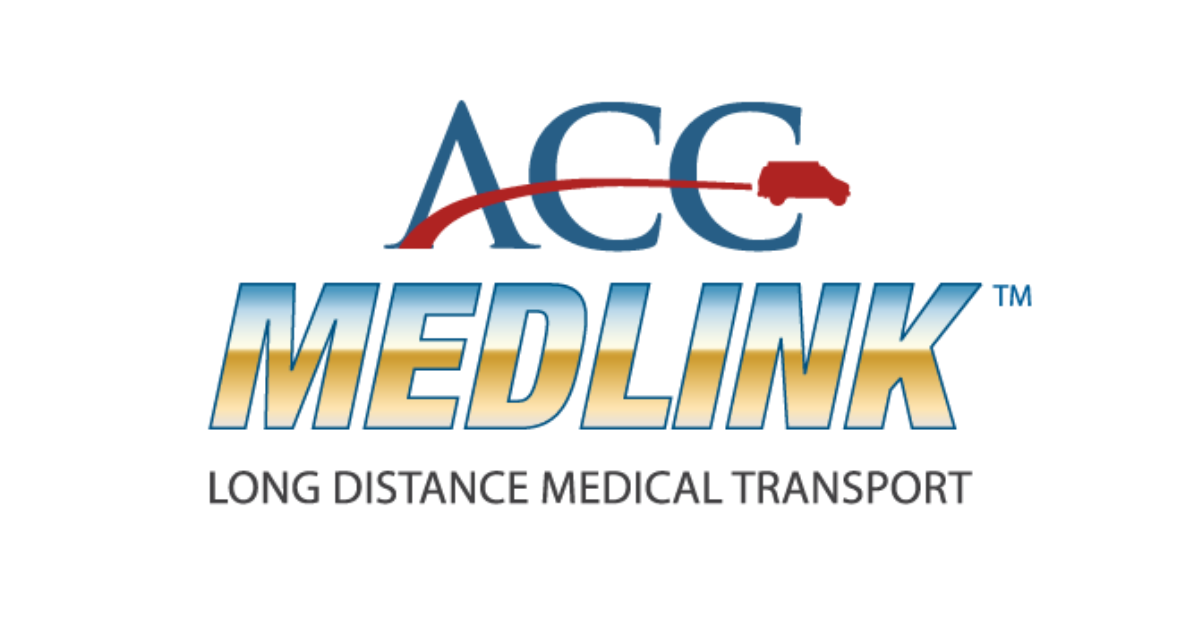Stroke: A Guide to What You Need to Know
Strokes are responsible for at least 140,000 deaths annually. They’re also the primary cause of severe long-term disability in the United States. A stroke is mainly caused by an obstruction of blood flow to the brain. Thus, once the brain cells become deprived of oxygen-rich blood, they begin to die. In some cases, stroke effects can be permanent.
There are categorically two types of strokes. In the first type known as Ischemic stroke, a blood clot obstructs the free-flow of blood to your brain. However, when a weak blood vessel bursts in your brain and eventually leads to bleeding, you are said to have a hemorrhagic stroke.
The extent of the damage caused by a stroke will significantly depend on how long the flow of blood was ceased to the brain, regardless of the type of stroke you have. Therefore, time is of the essence in a potential stroke occurrence. The sooner you know and recognize the signs of a stroke and get medical help, the higher your chances of avoiding a permanent disability or significant brain damage.
Symptoms of Stroke
It is crucial to understand and recognize the signs of a stroke, as timely medical intervention can save your brain from significant damage and you from permanent disability. Below are some notable and common symptoms of a stroke.
Unexplained Weakness
Unexplained and sudden weakness of the body, especially numbness in your face, arms, and legs are usual signs of a stroke. Other symptoms include a sudden facial drool and inability to keep your arms raised for an extended period.
Sudden Confusion
A stroke can prompt an unexplained ability to coordinate yourself, think carefully, or speak.
Rapid Loss or Change of Vision
Sudden loss of vision in one or both eyes, is another common stroke symptom. This can either be a blurred vision or a sudden loss of sight.
Sudden Headache
If a chronic and severe headache suddenly develops, usually followed by vomiting and dizziness, then you may be at risk of having a stroke.
How to Recognize a Stroke
If you suspect that a stroke may have occurred in yourself or others, use the simple F.A.S.T acronym test to confirm.
· F ace. Ask the person to smile or show you a particular kind of facial expression. When they attempt this, check that there are no drooping signs on their faces.
· A rms. Ask the person to raise one of their arms. Look for any signs of the arms drifting downwards.
· S peech. Talk to the person or ask that they repeat a statement. Check for any unusual slurring or difficulty in their speech.
· T ime. Time is crucial in the case of a stroke occurrence. If any of the above three are even casually suspected in you or a loved one, seek immediate medical attention by dialing 911.
The key to surviving any stroke attack, with the least possible damage to your reflexes or brain is to seek immediate help when you notice any of the signs and symptoms of a stroke. Understanding F.A.S.T can make all the difference between a minor stroke scare and major brain damage or a full-body paralysis.
